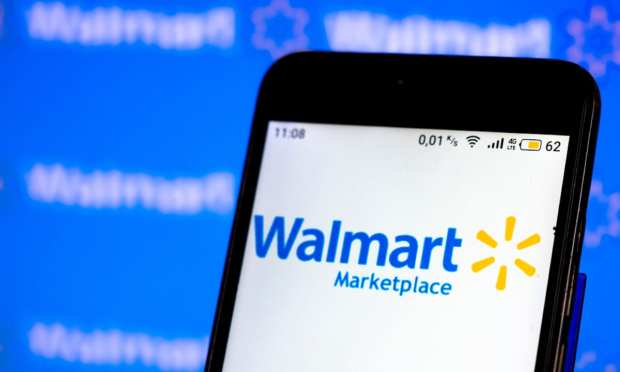Walmart Looks To Win Customers By Wooing Businesses As Amazon Prime’s Lead Shrinks

It’s often been said that “the best defense is a good offense” — and in a similar vein, Walmart announced plans this week to attract more customers by enticing more businesses to sell their products on its platform. The move marks the latest shot in the ongoing battle between Amazon and Walmart to win the hearts, minds and wallets of consumers. It comes as the operator of 11,000 retail stores announced it is investing more to accelerate its digital transformation after its eCommerce sales rose roughly 80 percent last year.
“We are excited to announce ‘New-Seller Savings,’” a Walmart press release stated on Thursday (Feb. 25), highlighting its offer to give “30 days of commission-free sales” to any new seller who joins its marketplace by March 31 and goes live by May 1. With its simple pricing structure of zero setup or monthly fees, Walmart is not only trying to woo new businesses, but is also touting the benefits of tapping into its website and app, which attract 120 million visitors per month. In addition, the company said sellers who join will be able to access its “suite of services designed to help them stay competitive,” including Walmart Fulfillment Services and access to lines of credit via Goldman Sachs.
The bid to bring more merchants to the Walmart marketplace is consistent with a trend cited by PYMNTS CEO Karen Webster this week that reflects the retailer’s efforts to transform itself from Supercenter to super app.
BigCommerce Partners With Big W
Also this week, after freakish winter weather delayed its earnings report, Texas-based eCommerce software company BigCommerce said it is teaming up with Walmart to add grease, so to speak, to the process of onboarding new merchants, making it simpler and faster. According to BigCommerce, tens of thousands of companies from 150 countries have used its software-as-a-service (SaaS) eCommerce platform to build, innovate and grow their businesses online — including Vitabox, which it said was able to connect its entire catalog of 8,500+ products to Walmart’s marketplace in just two days.
“After a year where our customers shopped online more than ever before, we are excited to partner with BigCommerce, an industry-leading eCommerce platform, to make it even easier for sellers to grow their online business,” Walmart Marketplace Senior Vice President Jeff Clementz said in the announcement.
BigCommerce CCO Russell Klein said that partnering with Walmart would give its merchants access to one of the world’s largest marketplaces, along with the ability to expand their eCommerce footprints. “More than ever before, merchants need to get their products in front of shoppers in all the places [where] those shoppers are discovering and making purchases,” Klein said, adding that the goal was “to make it as easy as possible for our customers to have that broad omnichannel presence.”
Amazon Prime’s Huge Lead Slips
Speaking of competitive services, new data from PYMNTS released this week showed that, as of the first week of January, 64.3 percent of U.S. consumers were Amazon Prime subscribers, compared to 21 percent that belonged to Walmart+, which launched just 15 months ago. While that 3-to-1 lead is certainly formidable, the latest data shows some pretty significant movement from the previous tabulation done in November, which showed Amazon at 68 percent and Walmart at just 17 percent.
While the number of consumers who subscribed to both services held steady at 17.5 percent, Amazon continued to win the battle for affluent consumers ($100k+ income), where 52 percent of respondents said they only subscribed to Prime, versus just 3 percent who said they had exclusive ties to Walmart+.
“We’re going to have a race between lapping things that may have been one-time in nature in 2020 versus accelerating Prime membership and Prime members’ purchases, purchase frequency and adoption of digital benefits,” Amazon CFO Brian Olsavsky said on the firm’s early February conference call. “So we’ll see what that looks like in 2021.”